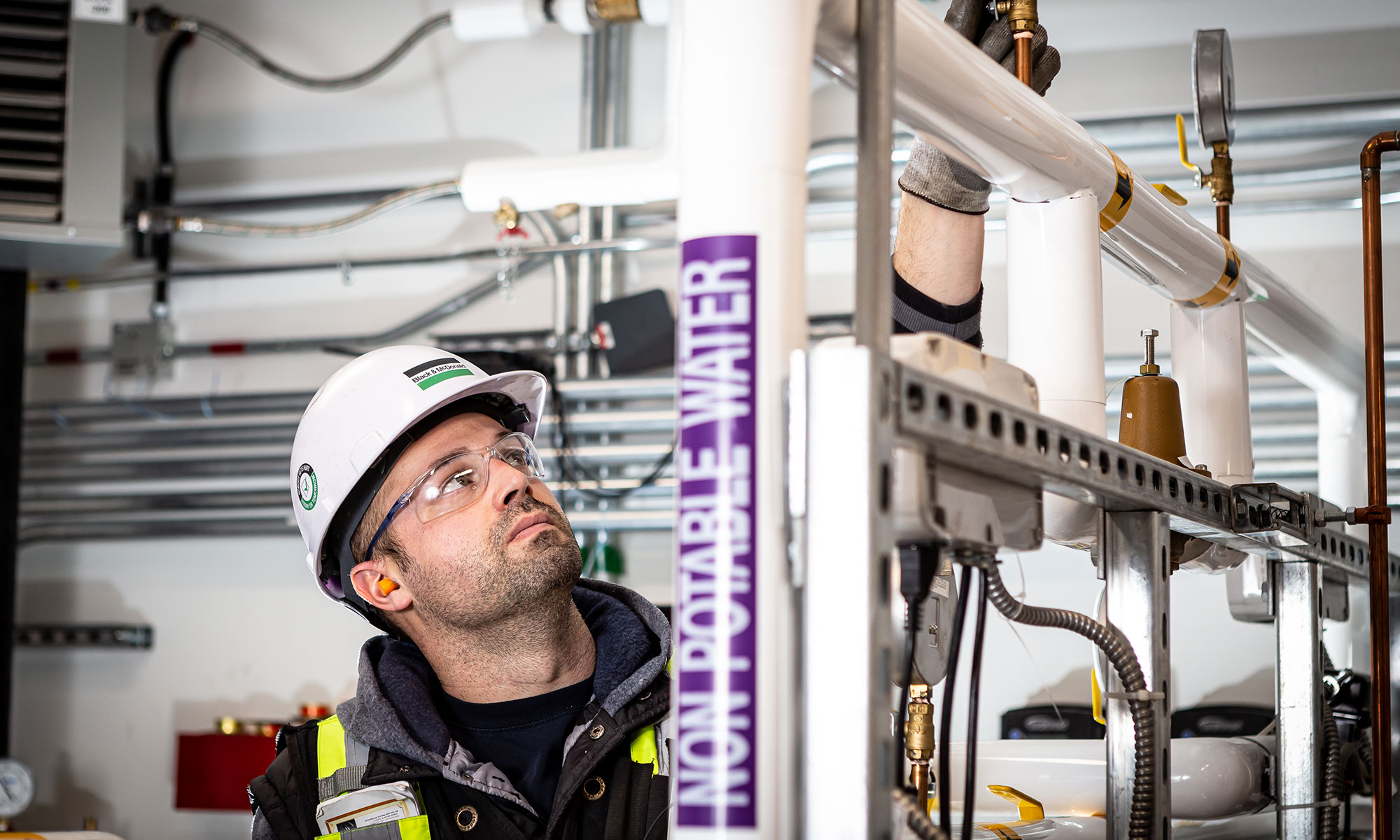The Conference Board of Canada (CBoC) has been studying the burgeoning skills gap since 2000. Even before COVID-19, the think tank estimated that Canada would fall short of workers by a million skilled professionals by 2020. Canada’s largest province, Ontario, lagged by about 190,000 unfilled positions and is expected to be short by 364,000 by 2025 and short by 564,000 by 2030. We need to grow the supply of skilled workers.
The Business Development Bank of Canada concurs that labour shortages are most serious in Ontario, British Columbia and Atlantic Canada. Canada-wide, nearly 40 per cent of employers surveyed in 2018 reported difficulty finding new skilled employees. This shortage stifles growth and productivity as enterprises struggle to find good people. The top sectors affected remain construction and manufacturing.
In 2019, the federal government introduced the Canada Training Benefit, offering a combination of tax credits, income supports and time off to upgrade, as well as Canada Apprenticeship loans and grants. Recently, Ontario has also invested approximately $75 million in three programs to expose high school students to opportunities with the Ontario Youth Apprenticeship Program, the Specialist High Skills major program and a pre-apprenticeship program.
Is this enough? It is a start, but much more needs to be done. Here are three more steps needed to grow the supply of high-value construction and maintenance workers by attracting recruits.
Skilled professions need to combine digital skills with hands-on ones
A recent CBoC/Future Skills Centre report called for an overhaul of training models and methods to emphasize digital and lifelong learning skills. The latter include technical, information management, digital communication, virtual collaboration, creativity, critical thinking and problem solving in digital spaces. With the constant social and technological disruption in today’s workplaces, new construction and maintenance tech professionals need to be well versed in digital, and the more seasoned ones need access to updating opportunities. If you want a successful workplace with high morale, arm your team of professionals with the knowledge, tools and experience to guarantee success in the 21st century economy.
Inclusive recruitment encouraging women and Indigenous, disenfranchised and displaced persons to embrace skilled knowledge careers
We cannot close the gap without attracting women, Indigenous youth, the disenfranchised and those displaced by structural economic change. Leaders, educators, businesses and communities must unite to develop active and intentional recruitment programs that respect contributions and provide challenging, collaborative and safe work environments. Such programs must inspire them to shape and change the world using skill-driven solutions and must emphasize the security of being in a high-demand career. Creating an inclusive environment where recruits can address issues like climate change starts with creating clean and green infrastructure that instills pride while you take care of business and lead a fulfilling life.
Transform the perceptions of these roles with more compelling narratives
Words can be powerful. Skilled sector terminology and narratives need updating. We need to transform some 19th century terminology into 21st century concepts. Medicine, engineering and information technology have done this successfully. You are not an eye or heart doctor—you are an ophthalmologist or a cardiologist. In IT, you can become a systems architect. So reinventing these roles can help attract recruits by telling a new, compelling story. Maybe “New Tech” could achieve this goal. Can a boilermaker become a thermal fluid dynamicist, or a welder become a materials fusionist? The possibilities are endless if you inject an inspiring story by the way you speak about skilled professionals. You may have noticed that nowhere have we referred to these talented professionals as “tradespersons”. It’s time to rethink the roles and update the language so that people deciding on their career paths open up to the exciting possibilities.
Along with the public incentives, reinventing training, offering inclusive opportunities and transforming the story of New Tech, professionals can drive enough recruits to close the gap.


